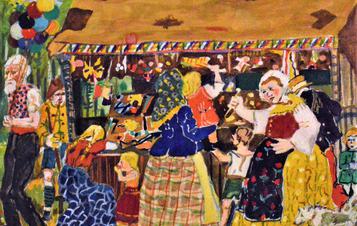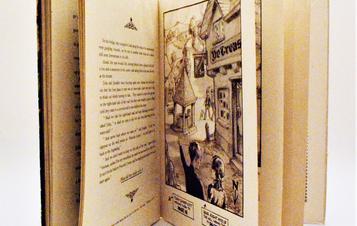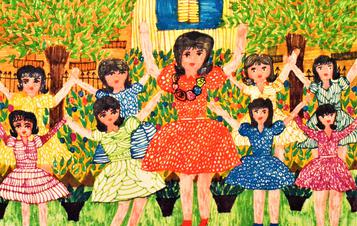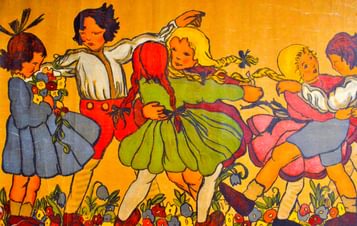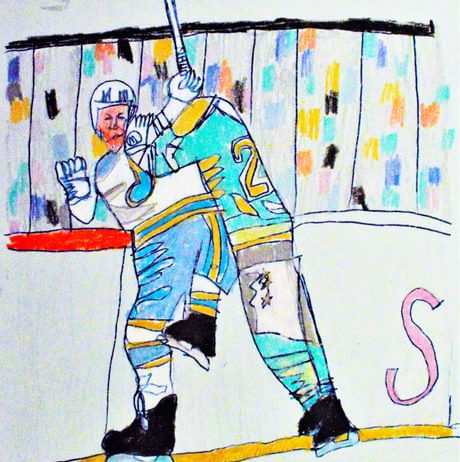About Art, Games and Play: Don Pavey and other Collections
Calling upon a range of visual materials and other items held in the National Arts Exhibition Archive (NAEA), this exhibition celebrates the close relationship between art, games and play.
It references artist Don Pavey’s extensive collection of toys and games, as well as the work of influential educators for whom the evolution of understanding in children and adults has been a central concern.
This core connection between art, games and play will be evidenced through children’s pictures, book displays, artefacts, toys, puzzles and illustrations selected from the rich resources of NAEA. These elements provide a context for the exploration of ideas in the world of games and play, with the intention of provoking questions about these realms of activity and the place they hold in shaping perception and knowledge.
The exhibition displays diverse investigations, presentations and celebrations of games and play as fundamental human behaviours. The art that has been generated as a consequence provides a fascinating insight into these aspects of human activity and their ongoing influences.
Children, students, teachers, researchers and others will find something here that will trigger a memory, pose a question, inspire activity or provide a basis for further research into this engaging area.
Accompanying the exhibition, Yorkshire Sculpture Park Photographic Grid is a new interactive and experimental project by photographer Dave Allen. Created using photographic contributions from visitors, the resulting map of YSP will be on display for the duration of the exhibition and will become a distinctive collection within the NAEA once the exhibition closes.
Don Pavey was a teacher whose research at Kingston College of Art and Design informed his investigations into colour theory and the relationship between art and science. In 1968 he set up the Junior Art and Science Centre (JASC) in London for children with an interest in art and science. His attention to patterns of learning in these fields coupled with an emerging theory focusing on the relationship between art and games led to his 1979 book Art-Based Games.
You may also like
- News
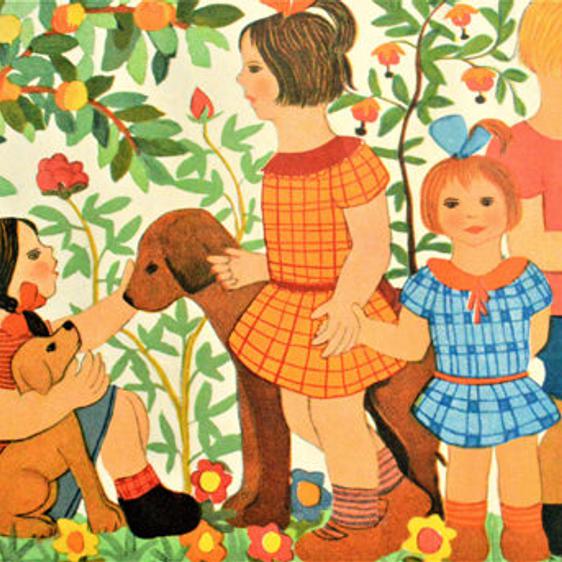
National Arts Education Archive’s children’s wartime art collection gains UNESCO recognition
25 April 2025 - Profile

Leilah Babirye
Visiting Artist - Art Outdoors

Thomas J Price: Network
In Network, Thomas J. Price continues his exploration of identity and representation. He creates sculptures that represent people of African descent to disrupt the typified figures shown in classical Roman and Greek art, and to question who we chose to celebrate in artworks. - Art Outdoors

David Nash: Three Stones for Three Trees

